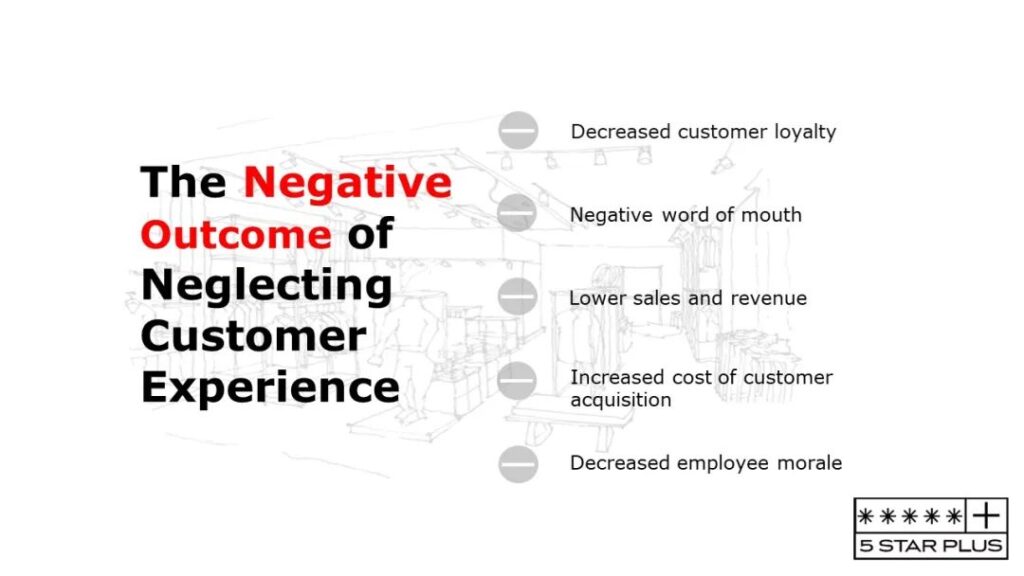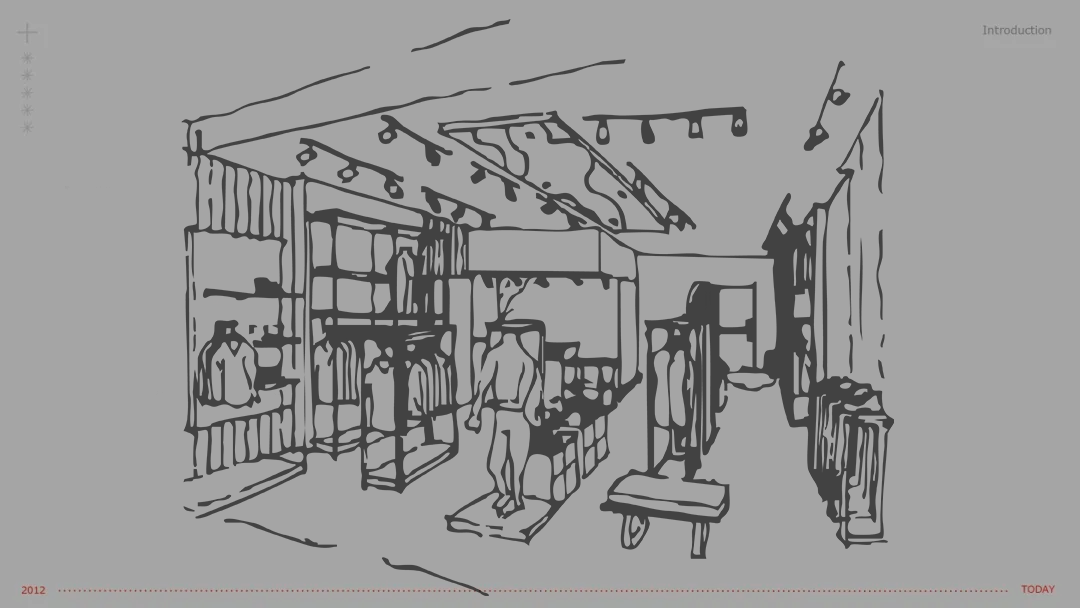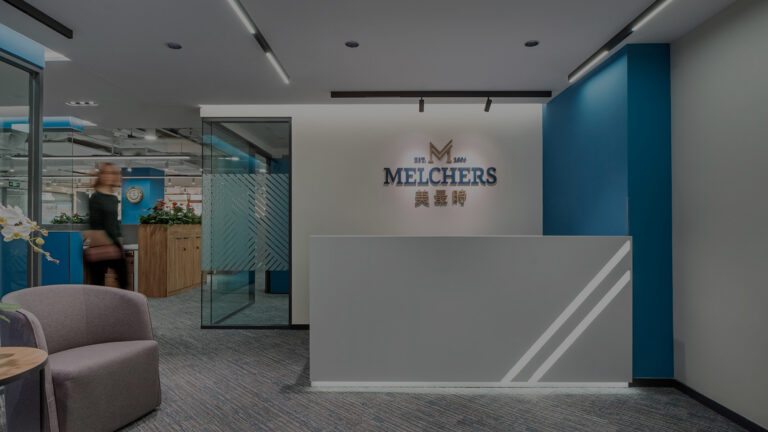Customer experience is not something new to the retail industry however there are still places to improve. Deconstructing Delight report shows that 77% of consumers are willing to exchange personal data for a superior experience and 80% of buyers are more likely to make a purchase when brands offer personalized customer experiences.
The Negative Outcome of Neglecting Customer Experience

First, let’s see what negative consequences can a brand suffer when they neglect customer experience:
- Decreased customer loyalty: Customers are more likely to switch to competitors if they have a negative experience with a retailer.
- Negative word of mouth: Customers who have a poor experience with a retailer are likely to share their negative experiences with others which can harm the retailer’s reputation.
- Lower sales and revenue: Neglecting customer experience can lead to lower sales and revenue. Customers who have a poor experience with a retailer are less likely to make future purchases.
- Increased cost of customer acquisition: Retailers need to spend more on advertising and marketing to attract new customers if they lose existing customers due to poor customer experience.
- Decreased employee morale: Employees who receive negative feedback from customers may become demotivated and disengaged, leading to decreased productivity and quality of work.
Retailers should prioritize improving customer experience to avoid these unwanted outcomes. Knowing what can happen when neglecting customers helps brands act in time and build customer experience into their brand strategy.
How to Improve Customer Experience

Improved customer experience can be achieved through several approaches, including:
- Enhance in-store experience: Retailers can improve the in-store experience by providing a clean, organized, and visually appealing store layout. A knowledgeable staff who is able to provide excellent customer service and offer personalized assistance is also essential.
- Multi-sensory experience: By catering to every sense, brands can make the store environment more dynamic. This includes sound, contrast in lighting and lighting schemes, projections, screens, smell, and materials.
- Self-service technology: The Future of CX 2022 report suggests that 78% of leaders in the US are investing more in self-service, allowing customers to help themselves with self-help portals and AI-powered chatbots. Solutions such as self-checkout, mobile payment options, and digital signage to reduce wait times, streamline the checkout process, and provide relevant information to customers.
- Create an omnichannel experience: Providing a seamless shopping experience across different channels like online, mobile, and in-store can improve customer satisfaction. Customers should be able to access product information and inventory availability across channels.
- Personalization: Retailers can leverage customer data to offer personalized recommendations, tailored promotions, and customized product offerings that meet the needs of individual customers.
- Listen to feedback: Collecting and acting on customer feedback is essential to improving customer experience. Retailers should actively seek feedback from customers and take necessary actions to address concerns and improve the shopping experience.
By implementing these approaches, retailers can create a positive customer experience, build customer loyalty, and drive repeat business. When brands differentiate on customer experience, they are setting themselves apart from the competition on more than just pragmatic elements such as price or convenience. They are building and strengthening a relationship with the customer that’s built on positive emotion as customers naturally gravitate towards businesses that make them feel good and meet their expectations.




